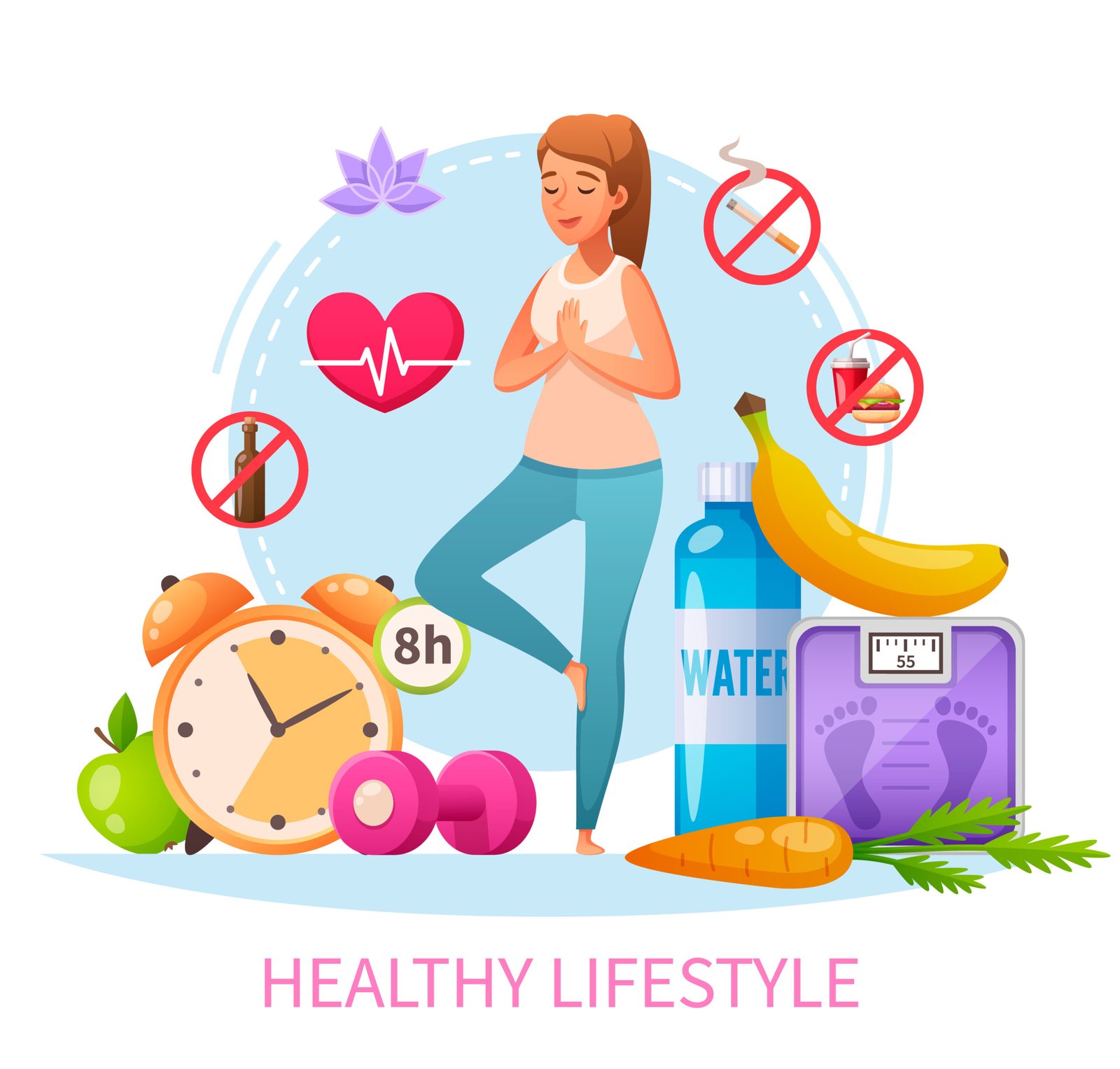
Pain: How to Heal Emotional and Physical Pain Naturally
Pain is something all of us experience, whether it’s a physical ache or an emotional wound that runs deep. It’s a universal part of being human. But while modern medicine offers pills and procedures, there’s also a quiet, powerful world of natural healing—one that respects the body’s wisdom and supports the mind’s resilience.
In this blog, we’ll explore how to understand pain, and share natural, gentle ways to heal both emotional and physical pain. Whether you’re recovering from heartbreak, chronic fatigue, or muscle strain, this post offers guidance to help you reconnect with yourself and move toward real healing.
Understanding Pain: It’s Not Just in the Body
Pain is complex. It’s not just a signal from your nerves—it’s also deeply connected to your emotions, thoughts, and energy.
- Physical pain can come from injury, inflammation, poor posture, or illness.
- Emotional pain arises from grief, trauma, rejection, loss, or stress.
Interestingly, the brain processes emotional and physical pain in similar regions, which is why heartbreak or stress can feel like a physical ache in the chest or stomach. Understanding this mind-body link is the first step to healing.
1. Start with Awareness: Listen Without Judgment
Before reaching for any remedy, pause and ask:
- Where is the pain?
- What might it be trying to tell me?
- What happened just before it started?
Sometimes pain shows up when we ignore our limits. I once pushed myself during work without rest, and I developed constant neck pain. When I slowed down and listened to my body, the tension eased.
Whether it’s your heart or your back, start by acknowledging the pain without judgment. Acceptance opens the door to healing.
2. Use Breath as Medicine
Our breath is our most natural tool—and one we often overlook. Deep breathing helps:
- Relax tight muscles
- Calm the nervous system
- Reduce emotional overwhelm
Try this simple technique:
- Inhale deeply for 4 seconds, hold for 4, and exhale slowly for 6. Repeat 5–10 times.
I’ve used this breathwork method during anxious moments and also when experiencing physical tension. It always brings a gentle shift—subtle, but powerful.
3. Apply Warmth or Cold, Mindfully
For physical pain like sore muscles or tension:
- Heat (like a warm compress) helps loosen stiff areas and increase blood flow.
- Cold (like an ice pack) reduces swelling or sharp pain.
But beyond the science, these methods also offer comfort. Just the act of placing a warm bag on your back or a cool cloth on your forehead can signal to your brain: “You are being cared for.”
4. Turn to Herbal and Natural Remedies
Nature offers powerful, time-tested healing tools. Depending on your need, consider:
- Turmeric – Anti-inflammatory for joint or muscle pain
- Ashwagandha – Supports emotional balance and reduces stress
- Ginger tea – Eases nausea, pain, and inflammation
- Lavender oil – Soothes anxiety and helps with sleep
When I had persistent back pain, turmeric milk at bedtime helped reduce inflammation and gave me restful sleep without relying on painkillers.
Always consult a health professional before starting any new supplement.
5. Move Gently, Even When It Hurts
Pain often makes us want to stay still—but gentle movement can support healing. Whether it’s walking, stretching, or slow yoga, movement increases circulation, reduces stiffness, and lifts mood.
Some helpful movements:
- Cat-Cow Stretch for back pain
- Child’s Pose for emotional release
- Neck rolls for tension from screen time
I remember doing just 10 minutes of yoga during a mentally draining period—it felt like I released a heavy burden I didn’t even know I was carrying.
6. Heal Emotional Pain Through Expression
Emotional pain needs release, not suppression. Bottled-up grief, anger, or fear often show up as chronic fatigue, headaches, or digestive issues.
Healthy ways to process emotional pain:
- Journaling – Write your raw thoughts without editing
- Crying – Letting tears flow is deeply healing
- Talking – Share your pain with someone you trust
- Creative outlets – Art, poetry, or music
I once wrote a letter to someone who had hurt me—not to send it, but to get those unspoken words out. It was one of the most freeing experiences I’ve had.
7. Practice Grounding and Mindfulness
When you’re in pain, your mind often drifts into worry or fear. Mindfulness pulls you back into the present, where healing can begin.
Try this:
- Sit with your feet flat on the ground
- Take deep breaths
- Name 3 things you can see, hear, and touch
This simple grounding exercise helps calm emotional storms and brings your nervous system back to balance.
8. Focus on Nutrition and Hydration
Food is medicine. To heal naturally, give your body what it needs:
- Leafy greens (rich in magnesium and antioxidants)
- Healthy fats (like nuts, seeds, and avocados for brain and joint health)
- Hydration (to flush out toxins and support tissue repair)
During a recovery period from fatigue, I noticed a huge shift just by adding more water and warm, home-cooked meals into my day.
9. Sleep: The Silent Healer
Your body heals the most while you sleep. Emotional and physical pain often feel worse after poor sleep. That’s because sleep is when your brain processes emotions and your cells repair.
Improve sleep naturally by:
- Creating a calming evening routine
- Avoiding screens an hour before bed
- Using lavender oil or herbal tea (like chamomile)
- A rested body is a stronger body—and a clearer mind.
10. Be Patient and Gentle with Yourself
Healing—real, lasting healing—takes time. Whether it’s a sprained ankle or a broken heart, forcing yourself to “move on” too quickly can delay recovery.
What helped me most during a long healing phase was changing my inner dialogue. Instead of saying, “Why am I not over this yet?” I began saying, “I’m giving myself the time I need.” That shift made all the difference.
Pain, whether emotional or physical, is part of life—but it doesn’t have to define your life. Nature, movement, mindfulness, nourishment, and love are powerful healers when used with intention and patience.
You don’t need to heal overnight. Begin with one small step—one deep breath, one journal entry, one kind thought—and build from there.
And remember: healing isn’t about going back to who you were. It’s about becoming who you’re meant to be—with more wisdom, more softness, and more strength.







